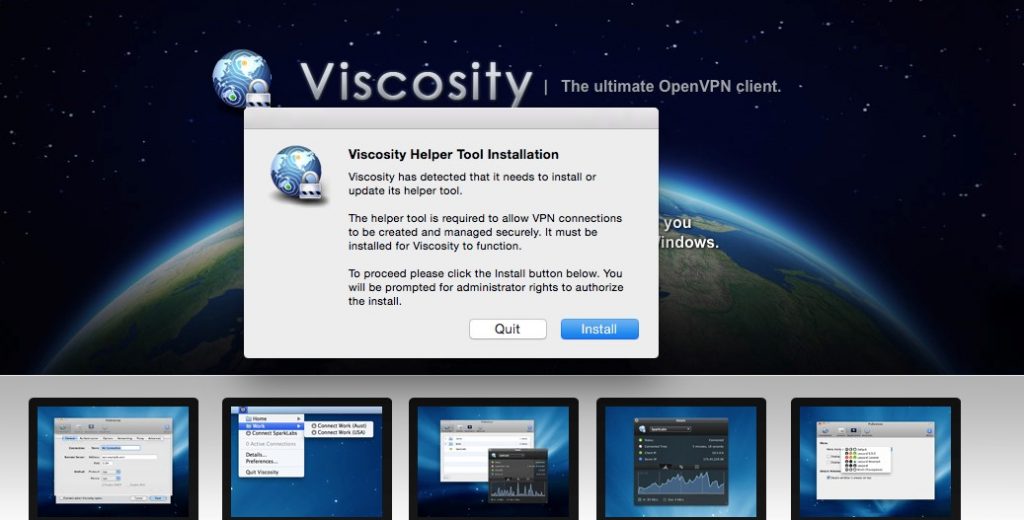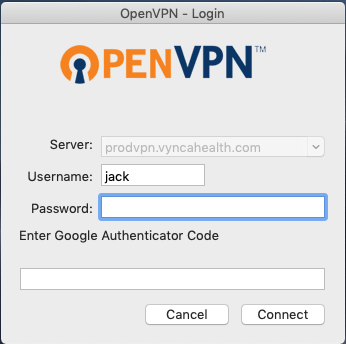

Username/Password Authentication can be enabled to activate two factor authentication, requiring clients to also provide a username and password when connecting.Īdd MFA client configuration can be enabled to activate multi-factor authentication using a TOTP app. The default and recommended value is enabled. This helps solve routing and host-based firewall issues. NAT OpenVPN Traffic will NAT all traffic from remote networks to local networks to a local address.

A default will be chosen that does not conflict with the existing configuration. The Address Space must be unique and separate from all existing networks and other address spaces on other OpenVPNs. If unchecked the OpenVPN server will not run and not server services will be provided.Īddress Space defines an IP network/space for the VPN to use internally.

If Server Enabled is checked, the OpenVPN server will run and accept connections from configured Remote Clients. This URL can be configured in Config > Network > Hostname. Verify that this address will resolve and be publicly reachable from remote networks. Site URL shows the URL that remote clients will use to connect to this server. For example, if the company name is "M圜ompany" then "mycompany" is a bad site name if you have multiple Untangles deployed as it might be used elsewhere. A new name can be given, but it should be unique across all Untangle sites in the organization. A random name is chosen so that it is unique. Site Name is the name of the this OpenVPN site.

The Server tab includes all the configuration for OpenVPN's server functionality. This grid shows the remote servers this OpenVPN is connecting to as a client. The amount of data sent to this client in this session. The amount of data received from this client in this session. This grid shows the currently connected remote clients that are connected to this OpenVPN (if server is enabled.) The Status tab shows you a list of open connections, the time the tunnels were created and transmit statistics. This section reviews the different settings and configuration options available for OpenVPN. The VPN Overview article provides some general guidance of which VPN technology may be the best fit for different scenarios. The OpenVPN application can run as a server allowing for remote client to connect to the Untangle server, and the OpenVPN application can connect to other remote Untangle servers as a client. OpenVPN supports any operating system with an OpenVPN-compatible VPN client (which is almost every OS), even smartphones! This allows your road warrior users to connect to local resources as if they were in the office, or connect the networks of several geographically distant offices together - all with the added security of encryption protecting your data. OpenVPN enables you to create an SSL-based VPN (virtual private network) that supports both site-to-site and client-to-site tunnels.
Openvpn for mac client zip#
Openvpn for mac client software#


 0 kommentar(er)
0 kommentar(er)
